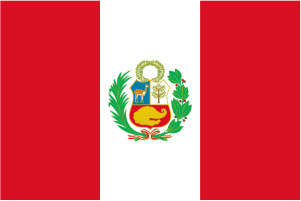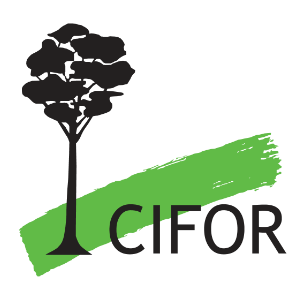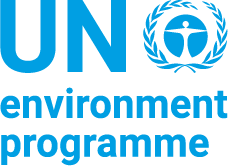
Tropical peatlands have attracted a great deal of attention due to their vast area in the tropics and their massive carbon and water stocks. At the same time, improper management of peatlands (i.e., drainage of peatlands, often resulting in large fires, carbon dioxide emissions that have a significant impact on global climate change, and health hazards due to smoke pollution) has been a major concern. Conversely, little information is available on peat ecosystems, especially with respect to their biodiversity. Due to their unique nutrient-poor, humid environment, they have been considered low in biodiversity, although some reports suggest that their biodiversity is reasonably high compared to other ecosystems. Studies on flora and fauna, including aquatic animal surveys and continuous monitoring, have been performed in a landscape (socio-ecological production landscapes: Satoyama Initiative of UNU) area of West Kalimantan, which includes 115,000 ha of industrial plantations and 18,700 ha of protected forest (Decree of the Minister of Forestry 2014). As a result, a diverse range of flora and fauna and an increase in the population of the rare orangutan have been observed. However, tropical peatlands have generally been at the forefront of large-scale agriculture and forestry development and land clearance by medium- and small-scale holders, which is threatening the conservation of biodiversity. One of the most threatening factors is fire. Once a fire breaks out, all plants and animals in an area are lost. Fires are more likely to occur and grow into large fires when peatlands are controlled by drainage systems. For this reason, it is proposed that intact peat swamp forests should remain protected areas and to prevent these forests from becoming isolated and island-like, a concept of networked green corridors, or conservation networks, is proposed. The introduction of eco-management, which does not involve drainage and maintains the water storage function of peatlands, is essential. Most importantly, it requires an economic and environmental model that is not dependent on intact peat swamp forests and does not involve fire. For this purpose, it is essential to promote coexistence between humans and nature and simultaneously add value to economic activities. Therefore, this chapter suggests that the value chain should incorporate environmental evaluation, rather than just considering the economic aspect of the value chain.
Download:
 file
file

- Authors: Kato, T., Silsigia, S., Yusup, A.A., Osaki, M.
- Author Affiliation: PT. Wana Subur Lestari/PT. Mayangkara Tanaman Industri, Hokkaido University
- Subjects: landscape conservation, water management, drainage, human activities, peatlands, tropics, ecosystem management
- Publication type: Chapter-R
- Source: Osaki, M., Tsuji, N., Foead, N., Rieley, J., (eds). 2021. Tropical Peatland Eco-management. 135-161
- Year: 2021
- ISSN: 978-981-334-654-3
- DOI: https://doi.org/10.1007/978-981-33-4654-3_4
















